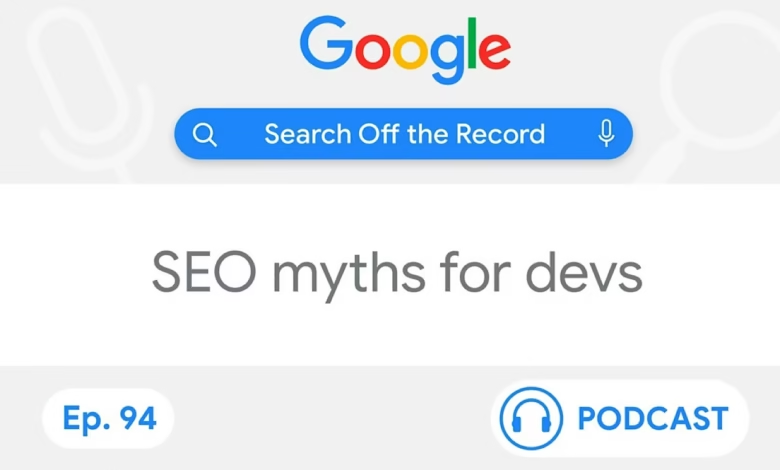Top-Ranking Sites Often Have Invalid HTML, Google Reveals

▼ Summary
– A study found only 0.5% of top 200 websites have valid HTML, yet they still rank well, challenging assumptions about technical SEO.
– While most HTML errors are tolerated, critical elements like metadata must function correctly to avoid negative SEO impacts.
– SEO success relies more on aligning with search intent and content quality than technical perfection or checklist compliance.
– Good Core Web Vitals scores don’t guarantee higher rankings, as other factors play a larger role in search performance.
– JavaScript can be processed by Google, but misuse may cause indexing issues—content must appear in rendered HTML.
Many top-performing websites rank well despite having invalid HTML, according to a surprising revelation from Google’s Search Off the Record podcast. This insight challenges conventional wisdom about technical SEO, suggesting that flawless code isn’t always a prerequisite for search success.
During the discussion, Google’s Search Advocate John Mueller and Developer Relations Engineer Martin Splitt referenced research by former Google webmaster Jens Meiert. The study examined the top 200 websites and found just one homepage with fully valid HTML. Mueller called the findings “crazy,” emphasizing that search engines have adapted to handle imperfect code without penalizing rankings.
While browsers and search engines tolerate most HTML errors, certain technical elements demand precision. Metadata, for instance, must be correctly implemented, if it breaks, search engines may struggle to interpret the page’s purpose. Splitt noted that browsers often compensate for sloppy code in visible content, but critical behind-the-scenes components like structured data require stricter adherence to standards.
The conversation also debunked the myth that SEO is purely a technical checklist. Mueller stressed that mindset and user-centric thinking often outweigh minor coding flaws. Splitt added that understanding customer language and intent frequently matters more than pixel-perfect HTML. Naming elements intuitively, for example, can significantly improve discoverability.
Core Web Vitals and JavaScript, two common pain points, were also addressed. While Core Web Vitals influence user experience, Mueller clarified that chasing higher scores won’t automatically boost rankings. Similarly, JavaScript-heavy sites can rank well if content renders properly, but overuse or poor implementation may hinder indexing. Splitt advised using JavaScript judiciously and testing thoroughly to avoid rendering issues.
The bottom line? Technical SEO matters, but perfection isn’t mandatory. Prioritizing content relevance, user intent, and functional metadata tends to deliver better results than obsessing over every HTML validation error. For developers and marketers, the lesson is clear: balance technical hygiene with strategic optimization to align with both search algorithms and audience needs.
For deeper insights, the full podcast episode offers additional context on these findings.
(Source: Search Engine Journal)



